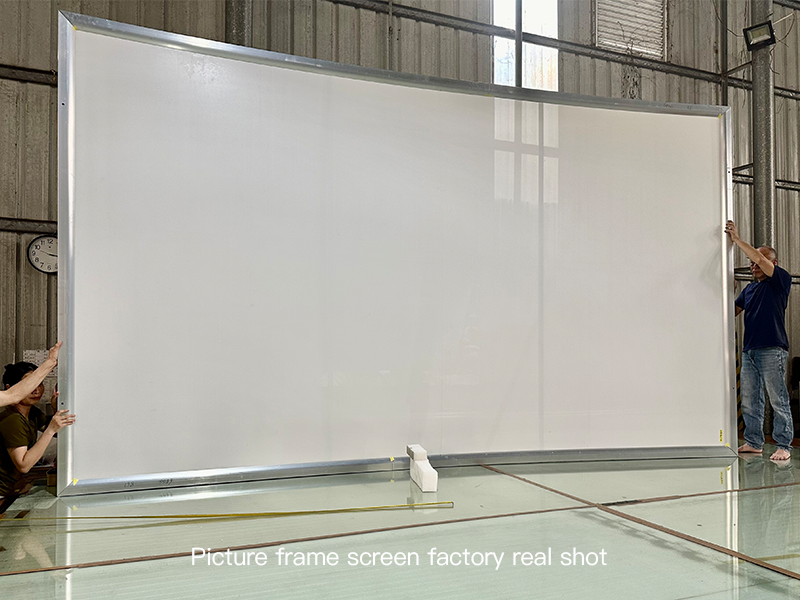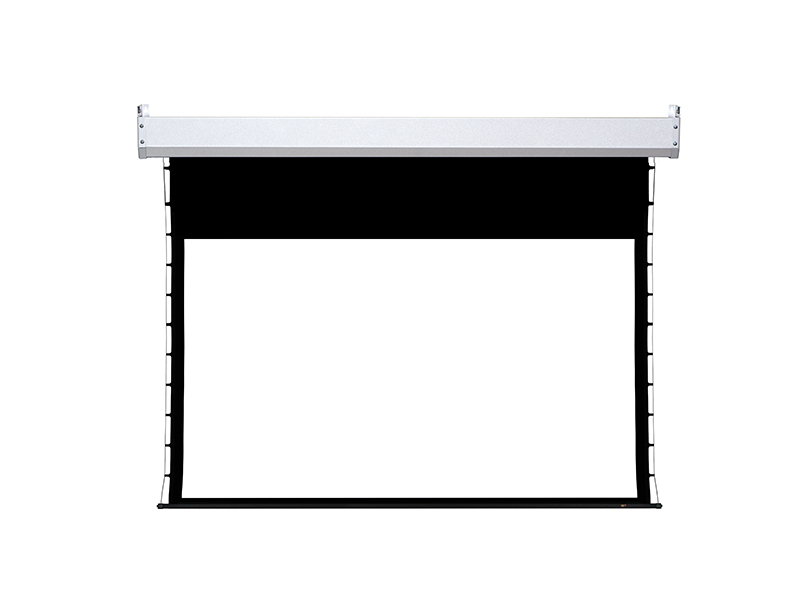
From the perspective of physical properties, white matte projection screens are among the most versatile and uniformly reflective materials available. They offer an unrestricted viewing angle and exceptional image consistency, while delivering precise clarity and outstanding color reproduction—particularly for black, white, and a wide spectrum of other colors.
Under consistent ambient lighting conditions, white matte screens demonstrate highly even reflective characteristics, making them particularly suitable for front projection applications. The surface of these screens is washable, moisture-resistant, mold-proof, flame-retardant, and free of unpleasant odors. Additionally, they offer high gain and a wide viewing angle.
These screens are compatible with a variety of products including electric, manual, tripod, pull-up, folding, and mini screens, as well as deluxe commercial portable screens and large-scale electric screens for engineering applications.


In terms of applicable settings, electric and manual screens are ideal for fixed installations such as classrooms, business conferences, home theaters, and entertainment venues. Tripod and premium pull-up screens are well-suited for a range of environments including tourism exhibitions, meetings, and home cinema setups.
It is especially worth highlighting that white matte screens offer extensive viewing angles, making them an excellent choice for venues that accommodate large audiences—such as school auditoriums, conference rooms, and lecture halls. Their washable surface ensures that reflective performance can be maintained over time, contributing to long-term usability.
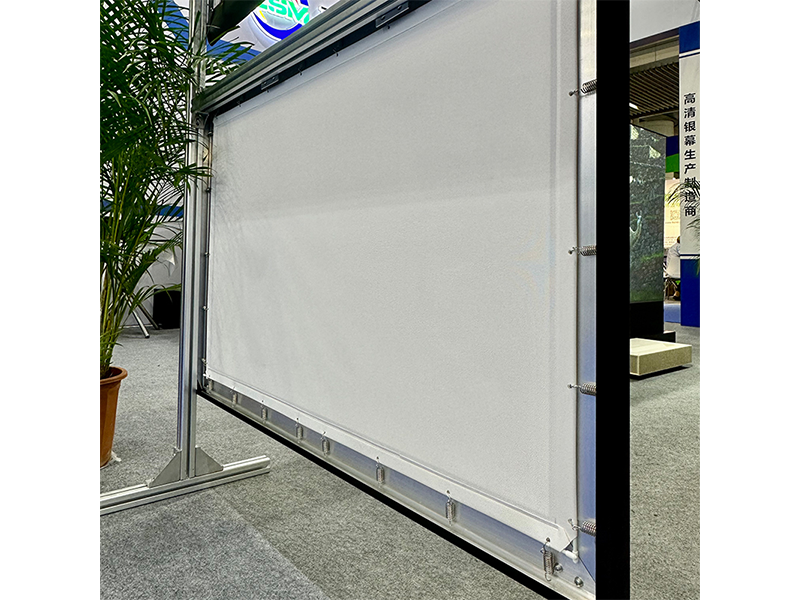
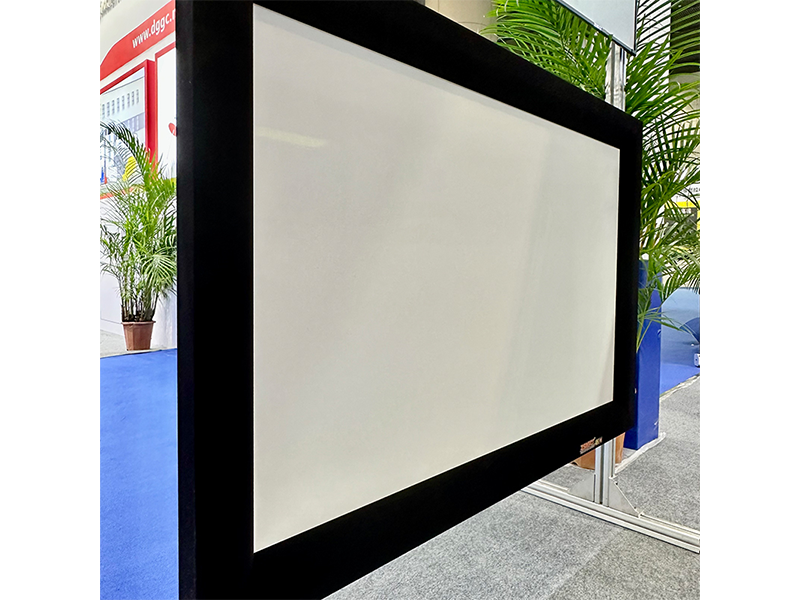
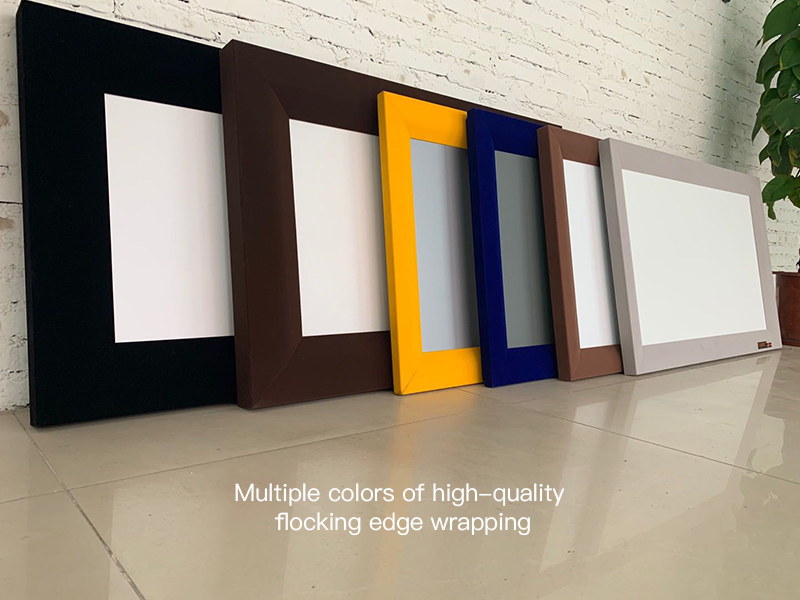

In contrast, glass bead screens, which are coated with a layer of tiny glass beads, are prone to bead shedding during rolling and unrolling. Over time, the gradual loss of beads exposes the underlying material, which can oxidize and turn yellow. This not only impairs reflectivity but may also lead to color distortion.
Initially, many customers opted for glass bead screens because early projectors had relatively low brightness and were significantly affected by ambient light. The higher gain of glass bead screens helped compensate for these limitations by enhancing perceived brightness.
However, with rapid advancements in projection technology, modern projectors have achieved considerably higher brightness levels, often approaching theoretical maximums. As a result, brightness is no longer the primary concern for most users. Instead, physical attributes of the projection screen itself have become more important. White matte screens excel in this regard—not only in terms of gain, but also due to their soft and smooth surface, which resists creasing and folding marks. The washability feature further extends their functional lifespan, making them an increasingly popular option.
Another significant advantage of white matte screens is their availability in extra-wide formats. They can be manufactured in sizes up to 300 inches without seams, whereas glass bead screens typically require splicing for any size exceeding 150 inches, compromising both aesthetics and performance.
In summary, white matte projection screens offer a balanced combination of optical performance, durability, and practical features. Their uniform diffusion properties, wide viewing angles, and robust physical characteristics make them a reliable and adaptable solution for both professional and personal use. As display technologies continue to evolve, the functional advantages and material qualities of white matte screens keep them at the forefront of projection screen options.
